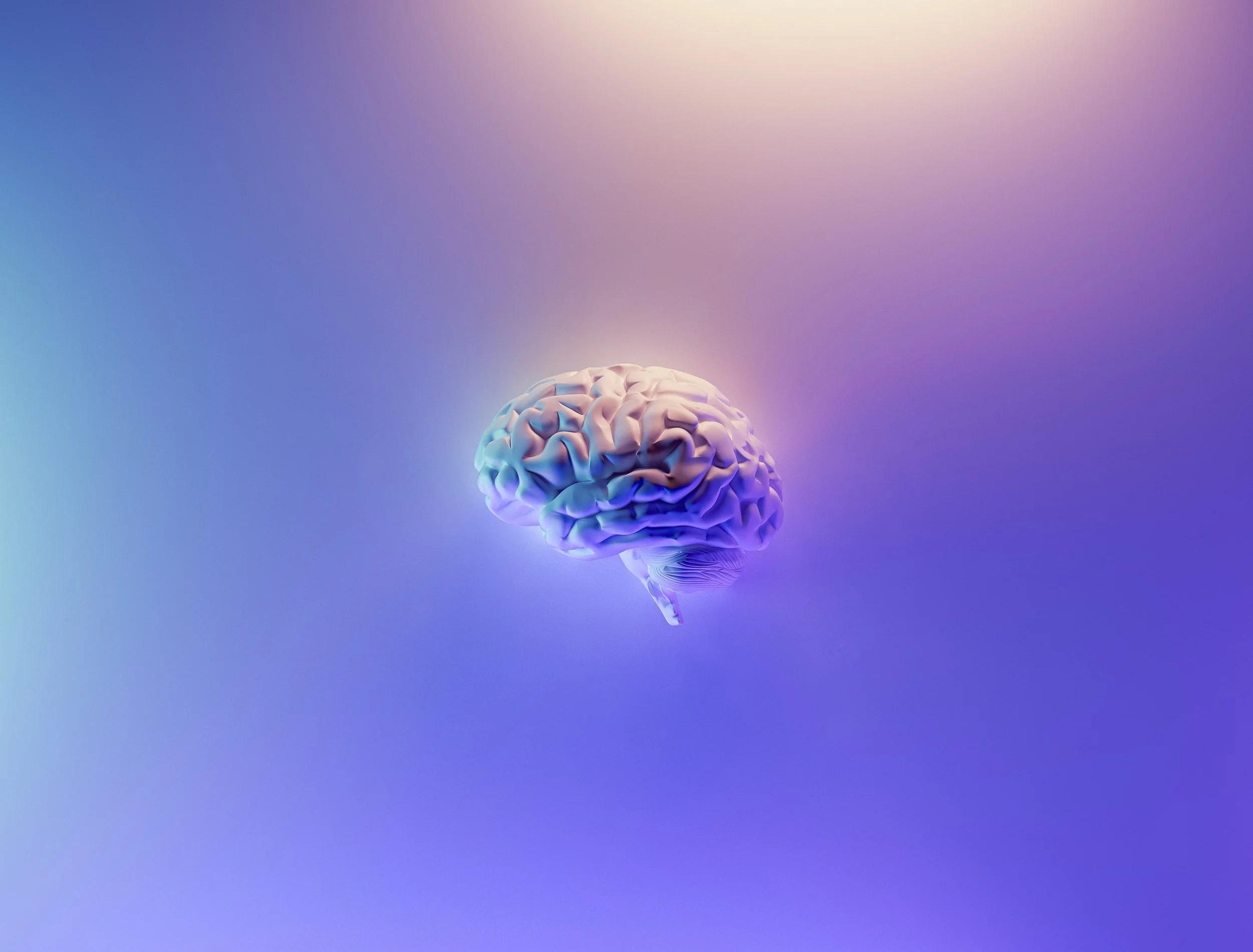The Psychology Behind Smell and Memory
Photo by Yosep Sugiarto, Unsplash
Have you ever looked at a picture and swore you could smell it?
Just look at the image above. Does your nose begin to tingle as you picture the decadent smell of cinnamon married in the glaze? It’s as if you could almost taste it through your nostrils.
Scents are invisible, live polaroids that hold all sorts of memories and feelings. For example, a whiff of Pumpkin Spice Latte can remind you of the start of the Fall season and images of colorful leaves, while the smell of rain may draw a smile on your face as you recall splashing in puddles when you were young. Interestingly, a new car smell could bring you a sense of nostalgia as you take a second and remember purchasing your first car.
Our sense of smell is a powerful tool capable of excavating the most comforting or traumatic experiences with a single inhale. However, to best understand why aromas are so spellbinding, it’s time we wake up and smell the roses and analyze further how exactly do scents intertwine with memories.
The Neuroscience Behind Smell and Memory
Not trying to be nosy, but how would you rate your last first date experience? Does the faint smell of Chanel No. 5 or Sauvage by Dior trigger seductively rich memories? Or does it remind you of a personality that just completely stunk?
Odor has neither borders nor constraints but rather roams freely. And for our sake of survival, breathing is one of our unconscious behaviors that welcome and identify all sorts of scents found in our surroundings.
Now, imagine each memory we create is like a personal anecdote that contains all sorts of learning lessons that life offers. So, as we go along about our days, each memorable anecdote gets stored in our minds as a sequence of sensory details. In this sense, smell is to memories what a summary is to books. The scents we pick up during such momentous experiences are then taken through the olfactory bulb and later relayed to our hippocampus (also known as the library of memories and emotions). Due to this working partnership, certain aromas then create associations or rather become descriptions of each anecdote.
Let’s bring it back to the dating scenario. Say you were to experience a lovely evening, the scents emitted from a perfume/cologne, dinner plate, or ambiance will then be written in bold on a sticky note attached to that memory. This way, in the future, when you come across these same smells, you’ll remember the overall emotions you felt during such recollection. But if you had a terrible date, then such scents can trigger the same conflicted feelings that screamed the reasons why there was no second date.
As you can now begin to understand, there is a love affair between what we smell and the memories we store. Smell is the mere flirtation manner that invokes such discrete feelings, while memories communicate them. This has paved the way for the olfactory realm to introduce the concept of aromatherapy as scents used to stimulate distressing and calming emotions. The simple fact of fragrance products to trigger or counter specific responses has led the brand Homesick to develop a line of candles to satisfy such aromatic cravings. Their main objective is to “bring joy to your home by helping you feel closer to the people, places, and moments that matter most.” Missing the beach? There’s the Hawaii diffuser. Craving a good read? Book club may be the scent you’re looking for. You name the occasion, and Homesick has you covered with over 200 available aromas. Let’s take a look at how other brands drive behavior through scent marketing.
How Scent Marketing Elevates Customer Experience
At this point, it’s a no-brainer that scents are masters of persuasion, so much so that they can influence consumer behavior. That’s where scent marketing made its debut for being the use of aromas to increase sales and customer loyalty through the enhancement of experiences. Enter Cinnabon’s secret formula! The decadent smell of vanilla and cinnamon lassoing you towards the nearest Cinnabon stand is all part of their strategy. Kat Cole, president of Cinnabon, shared with WSJ how they chose areas at malls and airports that would allow the smell of the cinnamon rolls to linger on longer. The workers also ensure to be heating up a new batch every 30 minutes to maintain a constant whiff of cinnamon rolls in the air to activate the ability to make any walking customer develop a sudden craving for Cinnabon. Cole even mentioned that “putting ovens in the back of stores at a test location "significantly" lowered sales”, which serves as the explanation why the ovens are found in the front of the shop. The ovens are to Cinnabon what the fragrance stands in Macy’s are to the perfumes being sold.
Although if you already started smelling cinnamon rolls, just wait to find out how Disney takes scent marketing a step further. Disney is all about creating an experience that encompasses their motto of making “dreams come true”. In other words, every Disney theme parks’ magical sauce lies in recreating the stories of each Disney character and allowing you to live the experience. But in bringing storytelling to life, Disney Imagineers saw the importance of capturing the use of senses to heighten the magical moments created at the parks. That’s how ScentAir did the trick when it came to memory creation via our noses.
As you enter the park you’ll instantly be hit with the smell of popcorn. Walk by the Pirates of the Caribbean section and you’ll pick up the smell of old, wet wood and sea salt. Pass by the Haunted Mansion and your nose will shudder with the dusty and musty scents that encompass the place. By creating a very pronounced fragrance that will become synonymous with an area, Disney is creating the opportunity for you to in turn create a memory based on where in the park you may find yourself. So next time you encounter musty smells, you may recall your experience at The Haunted Mansion ride, with it accompanied by the feelings you associated with that memory. This way, Disney ensures to override your memory bank as easily as a snuffle.
From Cinnabon to Disney, who would’ve known the answer to a memorable customer experience was right under our noses… quite literally.



What’s Next?
References
Barwich, A. (2020). “Our Mind-Boggling Sense of Smell.” Nautilus. Retrieved from https://nautil.us/issue/91/the-amazing-brain/our-mind_boggling-sense-of-smell
Claeson, H. (2020). “The Sneaky Way Cinnabon Attracts Customers.” Mashed. Retrieved from https://www.mashed.com/246284/the-sneaky-way-cinnabon-attracts-customers/
Colleen, W. (2020). “What the nose knows.” The Harvard Gazette. Retrieved from https://news.harvard.edu/gazette/story/2020/02/how-scent-emotion-and-memory-are-intertwined-and-exploited/
Homesick Website: https://homesick.com/
Nassauer, S. (2014). “Using Scent as a Marketing Tool, Stores Hope It--and Shoppers--Will Linger.” The Wall Street Journal. Retrieved from https://www.wsj.com/articles/SB10001424052702303468704579573953132979382































Dive into the fascinating intersection of psychology and marketing and how to use psychological biases in marketing strategy.